How to Value a Building Plot
When you find a building plot to buy, you need to know whether the asking price is reasonable and at what level you should pitch your offer. In short, you need to value it.
This process is more of an art than a science, so we’ll look not only at how to crunch the numbers, but also at ways to evaluate them to arrive at the realistic figures you need.
Plot valuation basics
Assessing a plot involves rather more than just comparing with similar sites sold nearby, assuming there are any.
You’ve got to think about what could be built there, the cost of constructing it, and what it might be worth when complete.
Learn more: The Ultimate Guide to Finding a Plot
In terms of potential to build, there are wider considerations of what the plot has planning consent for, whether that optimises the value, and whether what you want to build is the best option for the plot.
Consider if what you want to construct is likely to cost an average price or would be it more due to a high-quality spec? Or maybe it would be less, thanks to an economic build technique?
Finally, you’ll need a crystal ball to enable you to make a reasonable estimate of what the finished house might be worth.
This involves not just consideration of the local property market, but also wider consideration of economic forecasts for the next year or two. So, let’s take a closer look at these three key ingredients, and then we’ll consider valuation methods.
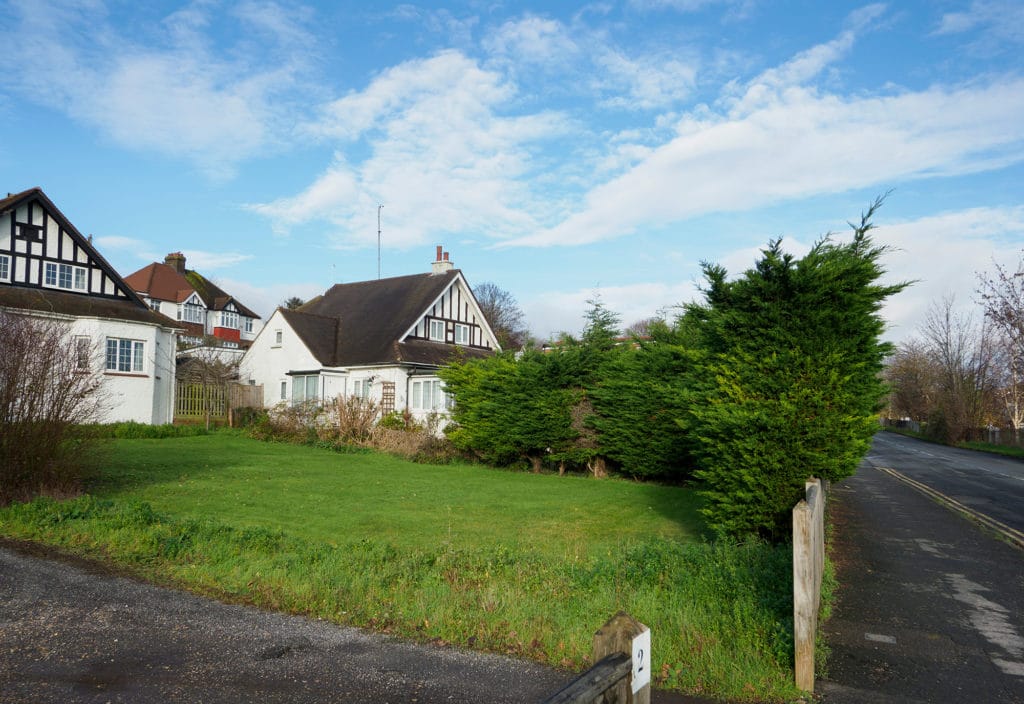
Assessing a plot’s potential value will help you make informed decisions about its feasibility.
What can be built on the plot?
A site is only a genuine building plot when it has planning permission. Its value derives primarily from this. However, land with consent for a five-bedroom house doesn’t diminish in value just because you only want to put a much smaller one on it.
Conversely, where you have a plot with planning for an abode with three bedrooms, but on which you could probably fit something with five, there’s an element of ‘hope value’ at play.
So, the plot’s worth is going to be partly based on the existing scheme, and partly on hope arising from the likelihood that a larger, more valuable property could be achieved. Another version of this scenario arises where there’s permission for say, one house, but a reasonable chance that two could be constructed on the plot.
Build costs & plot values
There’s plenty of information available on pricing, including tools like Build It’s self build cost calculator. This easy-to-use online tool can account for different house sizes, building techniques and materials, project management scenarios, quality of finishes, location and so on.
This gives you a reliable ball-park figure but inevitably can’t account for any unusual site-specific costs.
For example, special foundations due to poor ground conditions, trees that have to be felled or buildings or other obstacles removed, services that have to be brought in or diverted, or costs addressing covenants, ransom strips, or other legal matters.
Keep in mind that when trying to determine market value, you should factor in typical fees. When weighing up your own offer, any unusual fees you might incur need to be borne in mind.
Finished property value
Getting an idea of the value of your house once built is a matter of talking to a number of local estate agents, ideally showing them the drawings and describing the sort of finish you’re aiming for.
Ideally, get three estimates and take an average.
Think about the direction of travel of the market and whether there’s any likelihood of a change and ask agents about what assumptions they’re making.
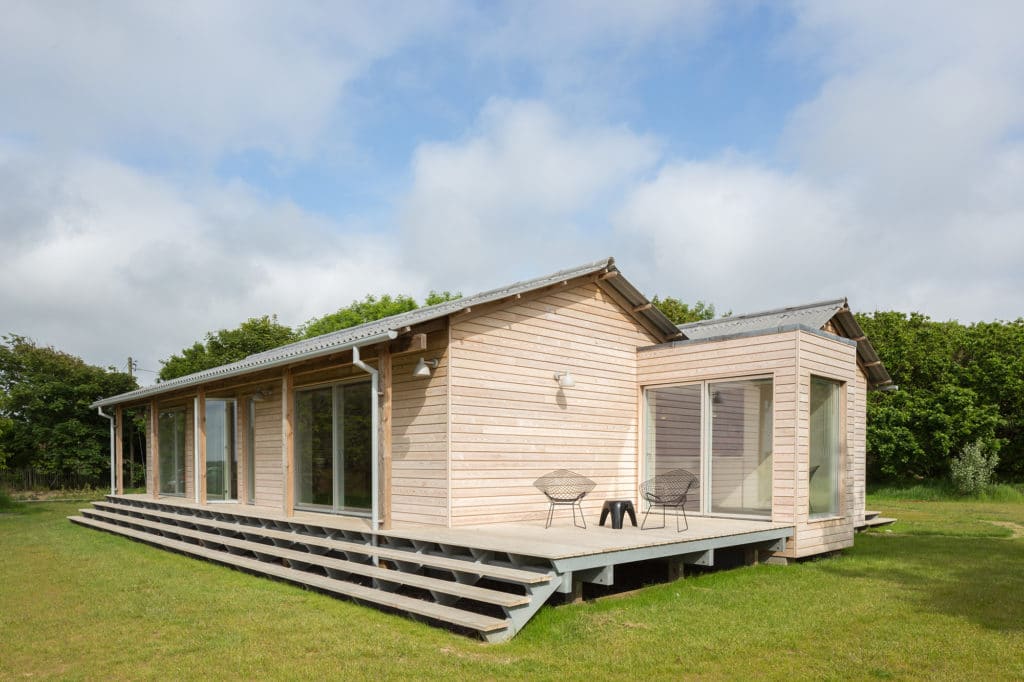
Build It readers Simon and Mitra were able to create a lovely chalet bungalow on a plot that already had a run-down building on it. They weighed up the costs and value of the finished abode and decided the land had the right potential for their dream home.
Plot valuation methods
There are a number of ways to assess how much a plot is worth. We’re going to look at the three main methods.
1 Comparisons
Houses are valued by reference to comparable sales of similar properties in the area. The same principle can be applied to plots, but only where there are sufficient examples to draw on.When comparing your site to others nearby, make realistic assumptions about their relative merits and value.
If you’re buying on an estate where numerous plots are for sale, look for sold prices rather than asking prices.
2 Rule of thumb
A simple method used by developers and estate agents is to consider the value of a plot as a percentage of that of the finished house.
This figure will vary depending on the state of the market and the desirability and scarcity of the site. It would typically be anywhere between 25% and 50%.Agents who regularly sell land are likely to have a rule-of-thumb percentage in mind, which you could use as an instant reality check on a plot’s sale price.
If the asking price looks unusually low, compared with the local average, suspect hidden costs or legal issues that will need to be rooted out. If it’s unusually high, it could just be an over-optimistic seller, but equally it could point to some hope value, so worth investigating.
3 Residual valuation
This is the method used by property developers to work out what a plot is worth to them. It involves a calculation of value, arrived at by deducting all the build and associated costs from the projected sale price of the finished house.
You should factor in your contingency, insurance, finance costs and so on.You can get free residual valuation spreadsheets from the internet, or can set up your own.
Then, load in all the figures and adjust them up and down to work out where key sensitivities lie and what the effects of, say, a drop in house prices or an increase in materials costs would have on the value.
The end figure produced is useful to assess what a site is worth to you, but bear in mind it’s not necessarily what the open market value would be.
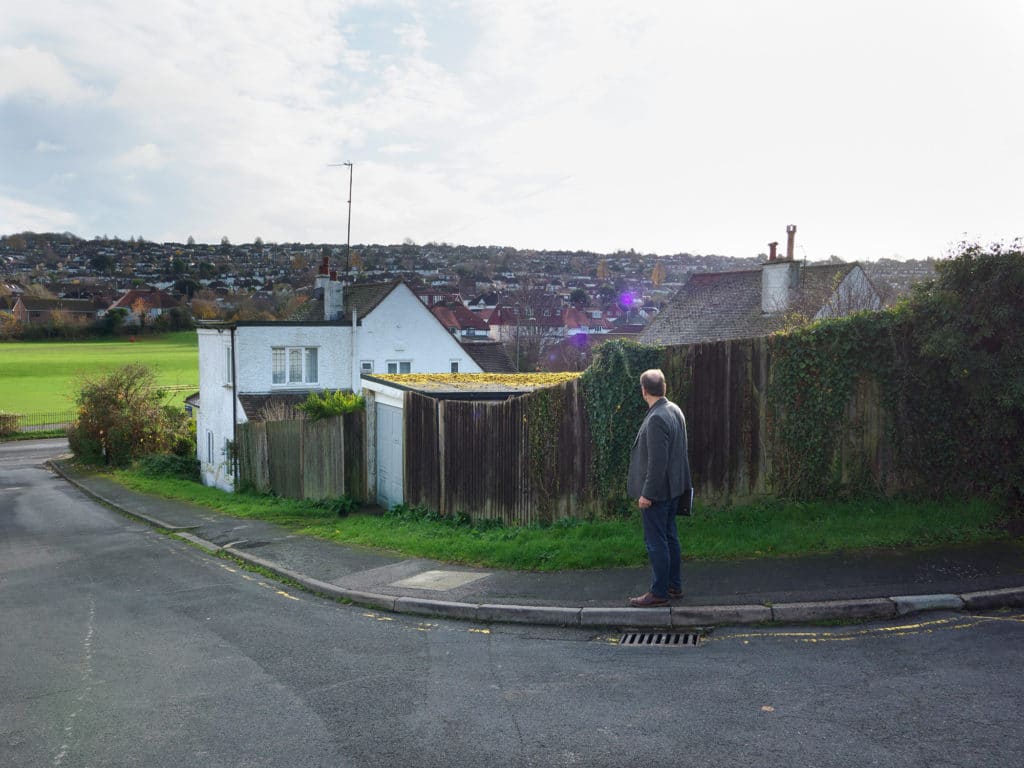
Builder Simon Bell asked me to come and assess whether this plot would be viable for his plans to construct multiple houses. While the location and amount of space was ideal, it was clear obtaining planning on the site was going to be a difficult hurdle for him to overcome before he could commit to purchasing the land.
Making an offer to buy a plot of land
When you’re looking to buy a plot, it pays to spend time researching prices in your chosen area.
This will give you a rough idea of likely values, so that you can have something to compare to when you find a site of interest.
That, coupled with a knowledge of new house prices in the area, will equip you to work out a rule of thumb valuation for your plot as well.
But you’ve also got to look closely at the land itself to see if there could be any exceptional costs associated with it, including any conditions attached to the planning permission that might involve extra fees or delays.
These methods give you a figure you can compare with the asking price, to determine whether it looks reasonable.
You can then move on to doing your own residual valuation and adding that figure into the mix.
Finally, you need to consider whether the plot has any particular, personal value to you. For example, proximity to your job, a school or to other members of your family might make it particularly desirable.
Equally, an attractive view, spacious garden or the opportunity to build your dream home could add something to the personal value that you might attach to the plot.
Pulling all these considerations together should enable you to make an informed offer for the site. It will also enable you to know how much flexibility you might have, if your offer is rejected.
When you do get your offer accepted, and move ahead with the project, your residual valuation provides a firm basis for your build budget and helps you keep control
of the finances from the very outset.
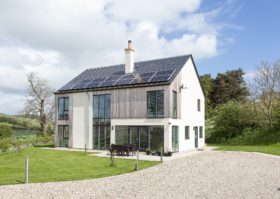
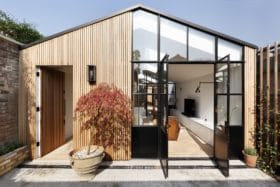































































































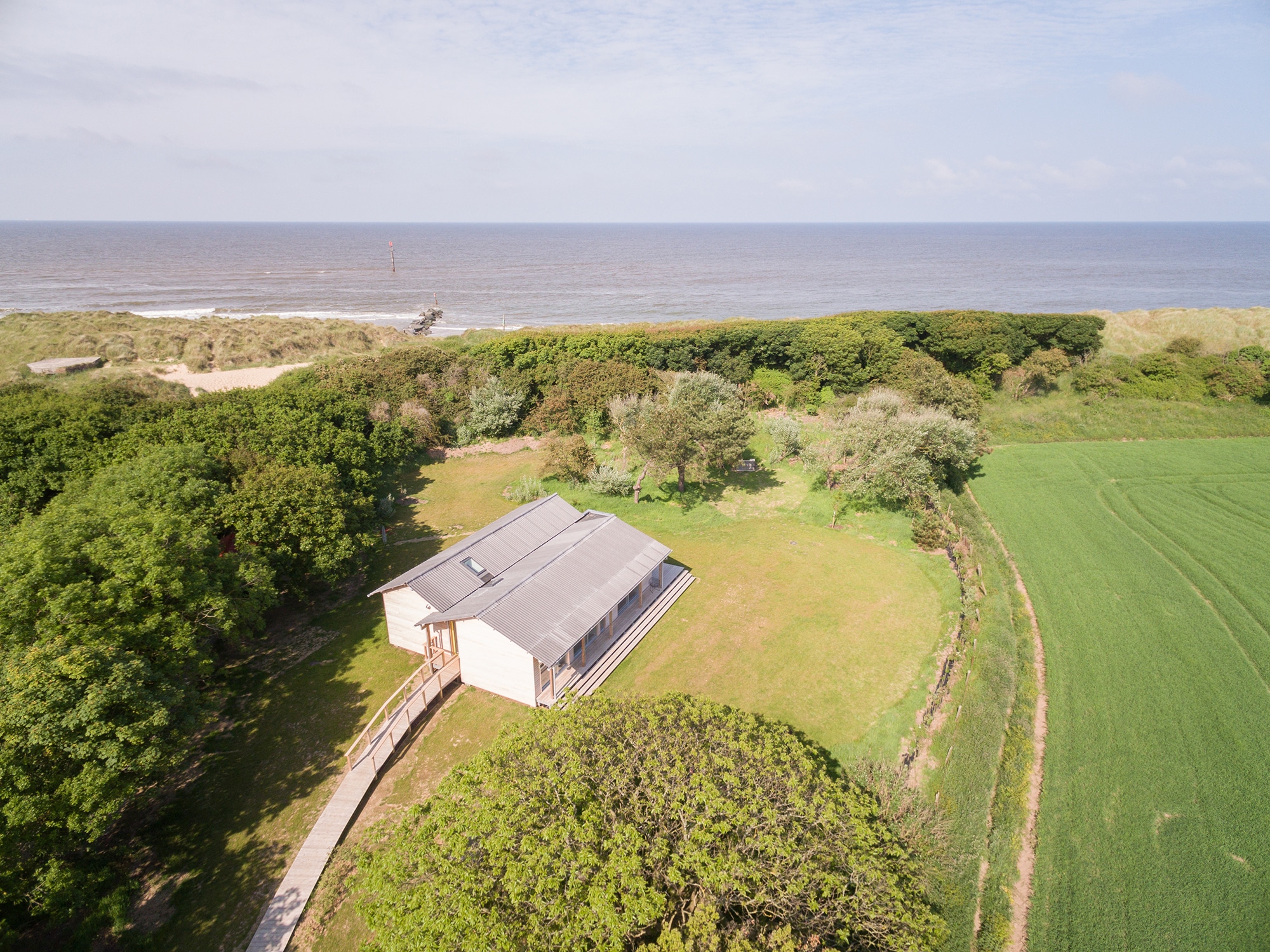
 Login/register to save Article for later
Login/register to save Article for later




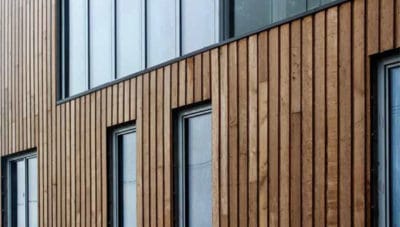
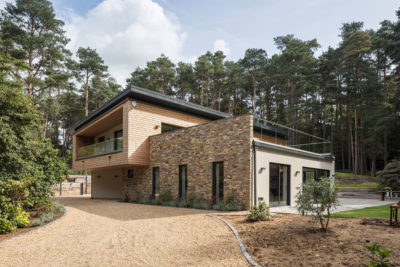

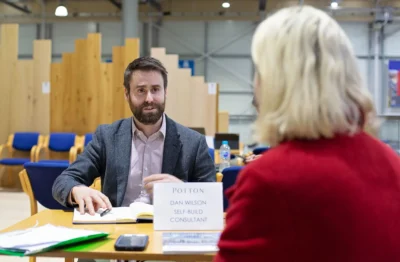





Good morning, I am currently looking at purchasing a plot of land to build a new home for myself in my village on the outskirts of York. The agent acting for the seller suggested a price prior to the land going to auction, I offered a figure 35% lower which has being accepted. The land will be sold freehold and has no planning permission, I have contacted my local council and submitted a Pre Application for Planning Permission form as I would like to know if I would get planning permission for a build.
The average house cost in my village ( if any come onto the market) I guess will be £450K +!
What would be the increase % value of the land with planning permission as opposed to not having it.
I am looking for assistance from ‘Build it ‘ to guide me through the process from purchase to finished product.
I look forward to your comments.
regards
Robert Precious.